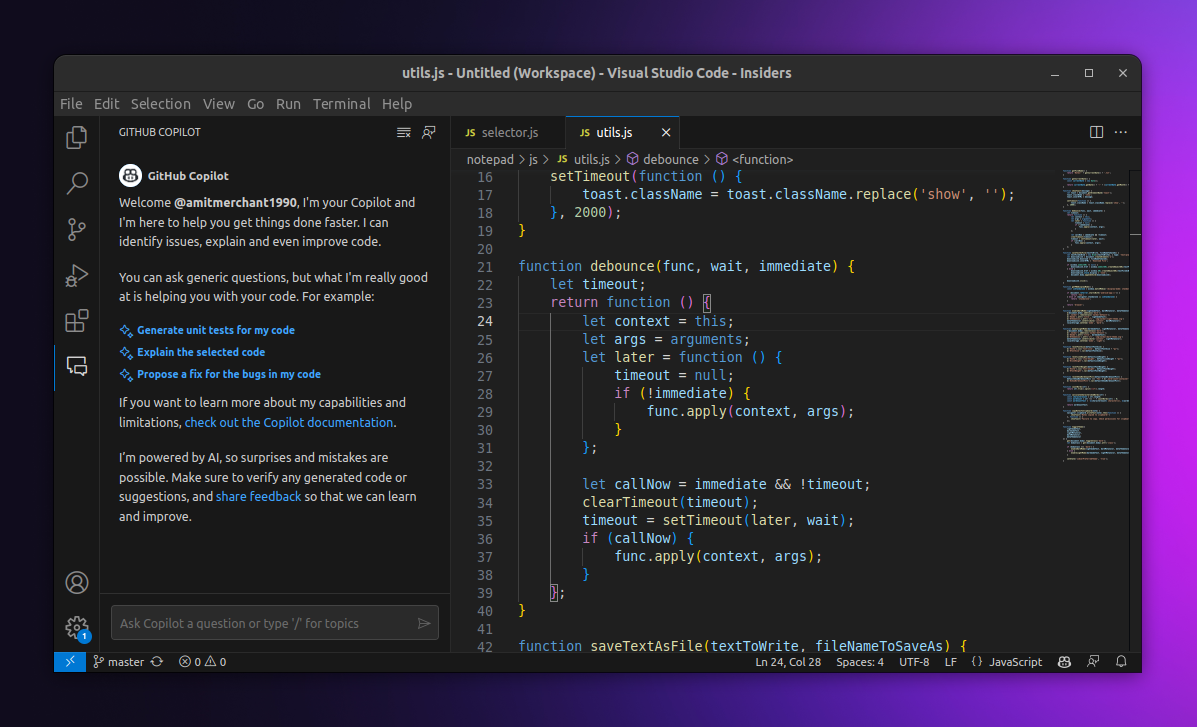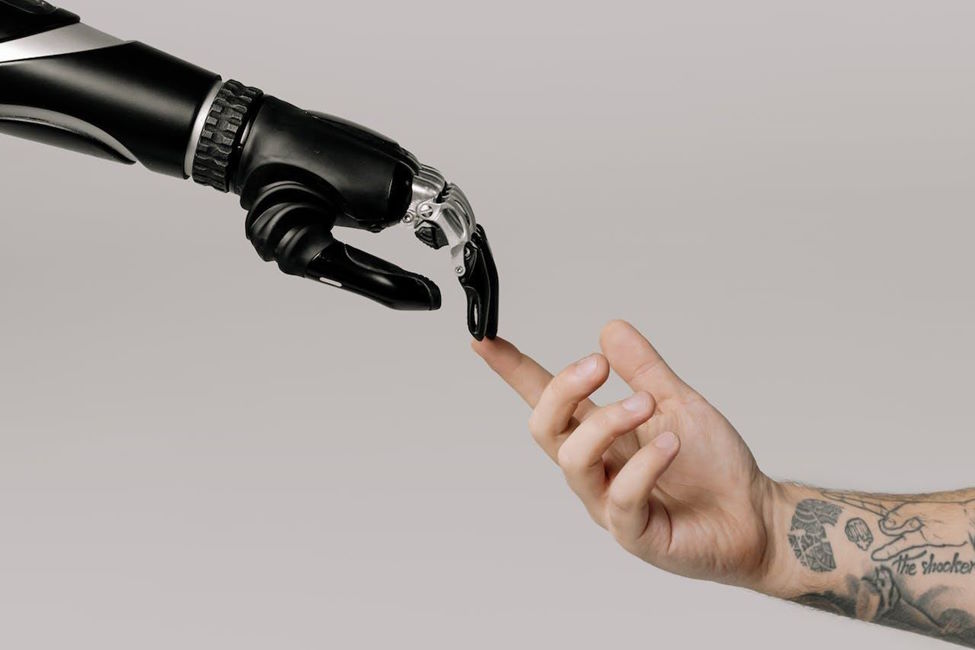
AI-Powered Development Tools
In recent years, Artificial Intelligence (AI) has dramatically influenced nearly every field, and software development is no exception. From enhancing productivity to introducing innovative coding techniques, AI is changing the way developers approach programming. This blog explores how AI is shaping the future of programming, its impact on the industry, and the tools you can use to stay ahead of the curve.One of the most exciting ways AI is changing programming is through AI-powered development tools. These tools assist programmers in a variety of ways, such as code completion, bug detection, and even writing entire functions.
Code Completion and Suggestions

AI algorithms can predict what code a developer is likely to write next. Tools like GitHub Copilot leverage AI to provide suggestions based on millions of lines of code. Copilot, for example, is trained on open-source projects and can suggest entire lines or even functions, saving developers time and effort. You can read more about it here.
Automated Code Reviews
AI also plays a role in automating code reviews, which traditionally require human intervention. With tools like DeepCode, AI analyzes code to provide feedback on potential bugs, security vulnerabilities, and style inconsistencies. This speeds up the process and allows developers to focus on more critical tasks. Explore DeepCode here.
AI not only helps generate code but also ensures that the code is robust, secure, and error-free.
AI for Bug Detection

AI is becoming proficient at identifying bugs that are often missed by human eyes. Tools like Snyk and SonarQube use AI to scan codebases for potential vulnerabilities and suggest fixes. This significantly reduces the time spent on manual testing and ensures higher-quality code. You can learn more about Snyk here and SonarQube here.
AI-Powered Security
AI is particularly valuable in cybersecurity. AI models can detect patterns in code that indicate malicious activity. As cyber threats evolve, AI is increasingly used to develop tools that can automatically patch vulnerabilities and protect against attacks.
AI's influence isn't limited to code generation and security. It’s also reshaping the way software is developed and maintained.
Automated Testing
With AI-powered testing tools, developers can automatically generate test cases based on existing code and requirements. This allows for faster deployment cycles and more reliable software. Tools like Test.ai are helping companies automate app testing with AI-driven tests.
Predictive Development
AI can also be used for predictive development, where machine learning algorithms analyze project data to forecast potential challenges, such as delays, resource allocation, or code quality issues. This helps developers and project managers optimize workflow and avoid setbacks before they happen.
Automated Testing
With AI-powered testing tools, developers can automatically generate test cases based on existing code and requirements. This allows for faster deployment cycles and more reliable software. Tools like Test.ai are helping companies automate app testing with AI-driven tests.
As AI continues to evolve, the possibilities for its application in software development are endless. Developers will increasingly rely on AI for not just coding but also for decision-making, project management, and more. In the future, we may even see AI fully automate the coding process, allowing developers to focus on higher-level design and problem-solving tasks.
